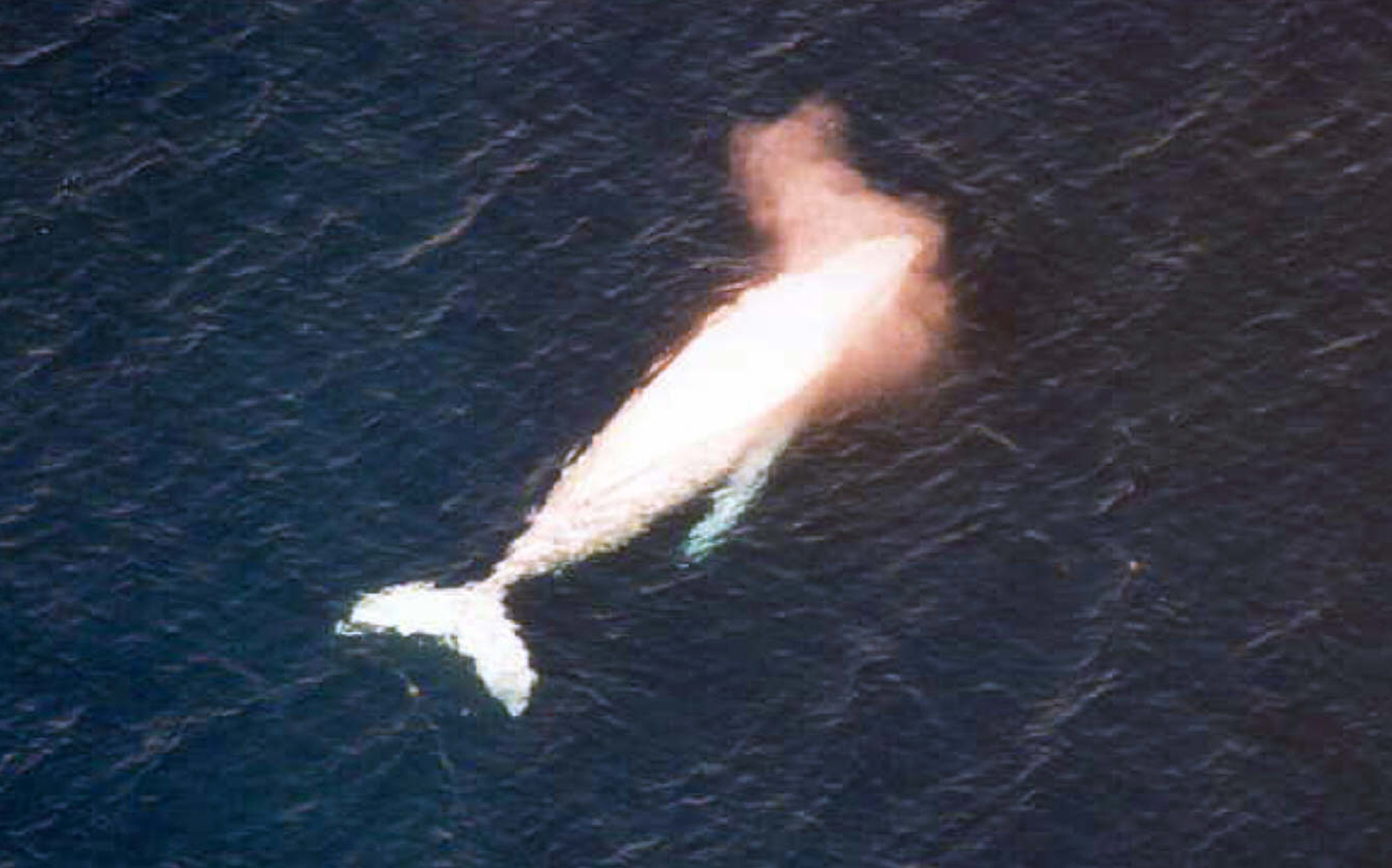Humpback whales also give birth during their migration journey, covering great distances with their calves. This surprising discovery was made by a team of researchers who observed these huge cetaceans in the waters of Australia and New Zealand.
Until now, scientists thought that the humpback whale (Megaptera novaeangliae) migrated to tropical waters to give birth in peace, avoiding exposing their newborn calves and themselves to such a long and dangerous journey. However, a new study led by researchers from the University of New South Wales in Australia, just published in the journal Frontiers in Marine Science, has shown otherwise.
These epic migrations are not essential for giving birth, as the study revealed that calves can be born 1,500 kilometers further south than previously believed. According to the authors of the study, their findings challenge deeply rooted beliefs about the migration of these iconic animals and raise questions about expanding protected areas to safeguard the newborns, as they face risks such as collisions with vessels, entanglement in fishing nets, or water pollution during this journey.
Humpback whales undertake annual long-distance migratory journeys from the Antarctic Ocean to breeding areas in the tropics, covering thousands of kilometers. They are one of the largest animals on the planet, with adults measuring between 12 and 16 meters in length and weighing around 35,000 kilograms. They are also one of the few mammal species where females are larger than males.
To withstand the physiological demands of such a long journey, humpback whales rely heavily on their body reserves, which they build up during the summer in polar regions by consuming large amounts of Antarctic krill and small fish. During the polar winter, they fast and survive on these fat reserves. Upon reaching tropical and subtropical waters, they reproduce and give birth to their calves.
As Tracey Rogers, a co-author of the research, stated, they have now documented how hundreds of calves were born outside of the areas considered breeding grounds: "Giving birth along the 'humpback whale highway' means that these vulnerable calves, which are not yet strong swimmers, have to travel long distances much earlier than they would if they were born in the traditional breeding areas," she explained in a statement.
The research began following a sighting made in July 2023 by Jane McPhee-Frew, the lead researcher at the University of New South Wales who also works as a tour guide. "During a whale-watching excursion, I encountered a mother and her calf at the entrance of the port of Newcastle, the busiest maritime port on the east coast of Australia. The calf was tiny, obviously just born. What were they doing there?" recounted the scientist, adding that her colleagues who worked as tour guides did not seem surprised by the presence of the calf.
Following McPhee-Frew's sighting, the researchers studied the humpback whale breeding area in Australia and New Zealand, combining data from citizen observations, government studies, and reported strandings. The Cook Strait Whale Project of the New Zealand Department of Conservation provided migration study data, while the state wildlife departments of Australia provided information on strandings since 1991.
The scientists identified a total of 209 records of newborn calves. They also had data on the direction followed by 118 animals, showing that the whales continued migrating north after giving birth. Most live calf observations were recorded from 2016 onwards, with two-thirds of the observations made in 2023 or 2024.
The calf found at the highest latitude was in Port Arthur, Tasmania, 1,500 km further south than previously believed humpback whales could give birth. The highest-altitude birth was documented a bit further north, in Kaikoura (New Zealand).
Comparing recent data with historical texts and whaling logbooks revealed that calves had been observed being born during migration before the population collapsed due to hunting. "I think it is very likely that this pattern has always existed, but the low number of whales kept it hidden from our view," explained McPhee-Frew.
As the scientist reviewed, the humpback whale population in eastern Australia was near extinction in the 1960s, but thanks to the ban on hunting in 1978 and conservation policies, the species recovered, and currently, there are estimated to be between 30,000 and 50,000 individuals in that area. Whale watching has now become a significant tourist activity for the country.
"It didn't happen overnight, but the recovery of humpback whales, and the return of their full range of behaviors and distribution, only demonstrates that with good policies based on good science, we can achieve excellent results," McPhee-Frew pointed out.
The research has also raised some questions. If the migration process consumes energy and leaves calves vulnerable to predators, why do humpback whales risk migrating if they can give birth further south? This study, the authors admit, cannot answer that question, but suggest that other factors may drive migration, or that the benefits of giving birth in tropical waters normally outweigh the risks for a potential calf born on the way to those breeding areas. Although data provided by the Department of Biodiversity, Conservation, and Attractions of Western Australia identify a possible breeding area in Flinders Bay, most calves are likely born much further north, in the tropics.
"We cannot stretch the interpretations too far. It may seem that we see more calves the further north we go, or that we have seen more over time. But it could be that more people are observing whales in the north, or more cameras and social media sharing in recent years," cautioned the researcher.
Beyond gaining a better understanding of the behavior of this iconic species, the results of this study have conservation implications. Some of the observed calves were injured, and scientists assert that to safeguard them, expanding protected areas is necessary, raising awareness campaigns about protective measures, and further researching the habitats used by humpback whales during their migration.
